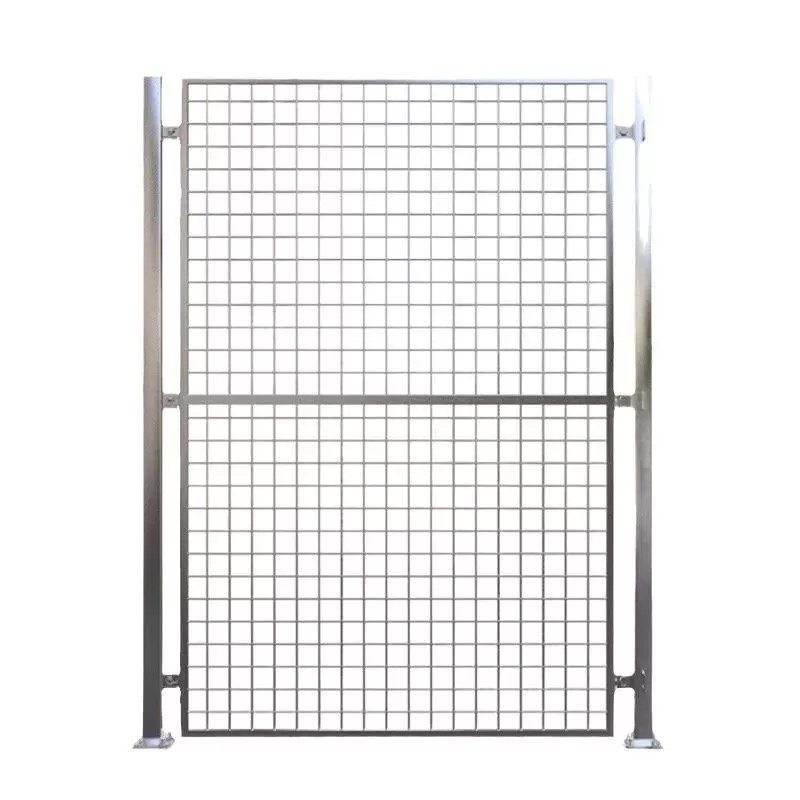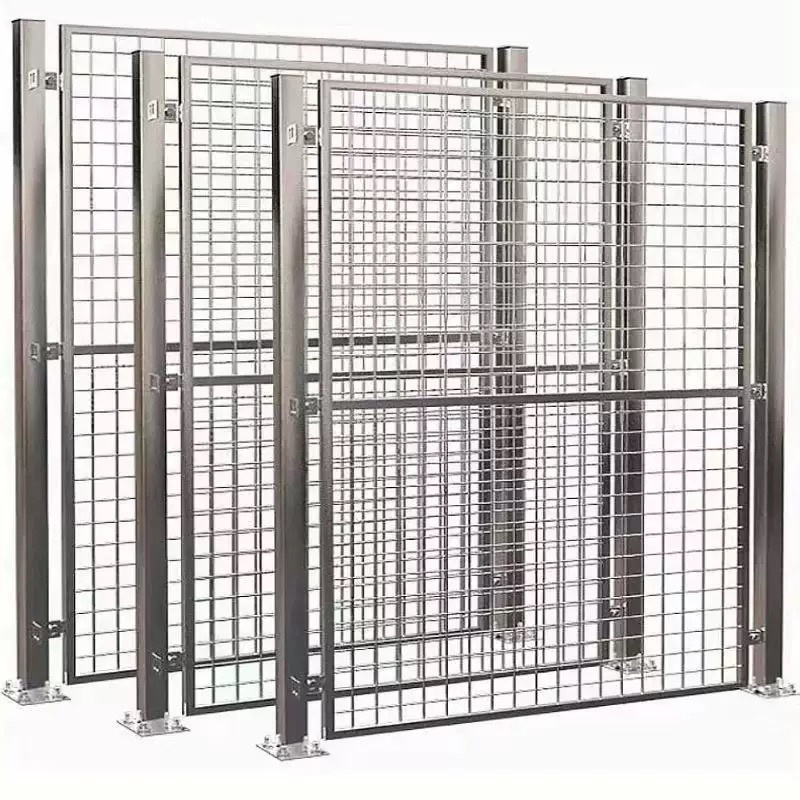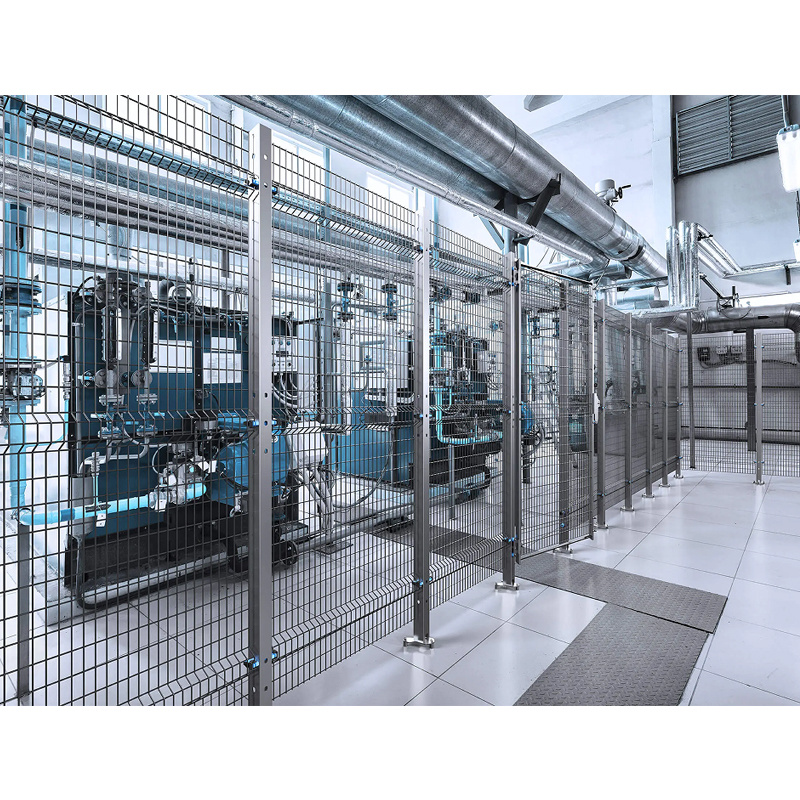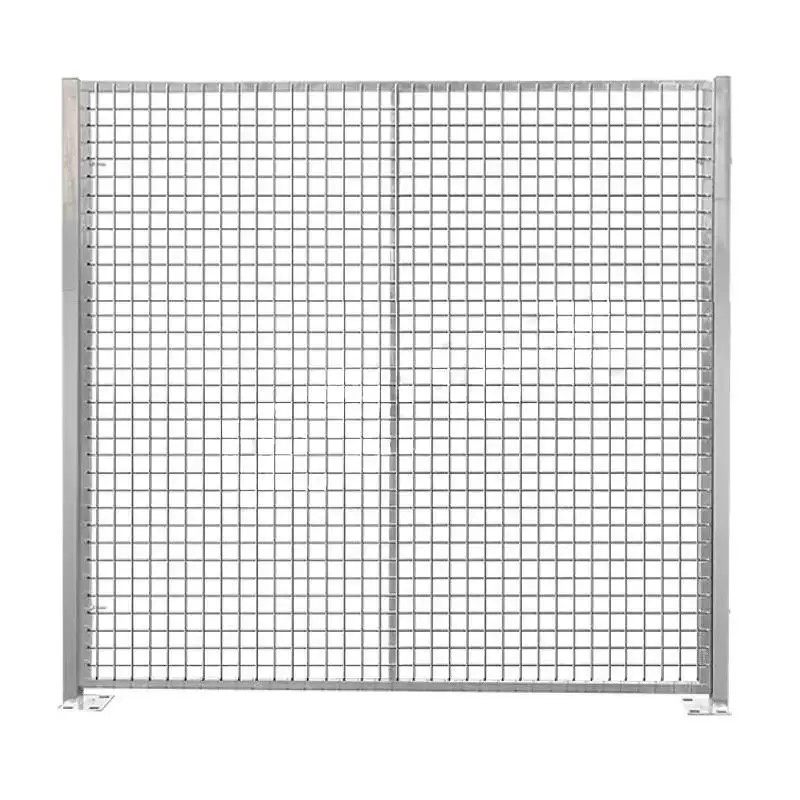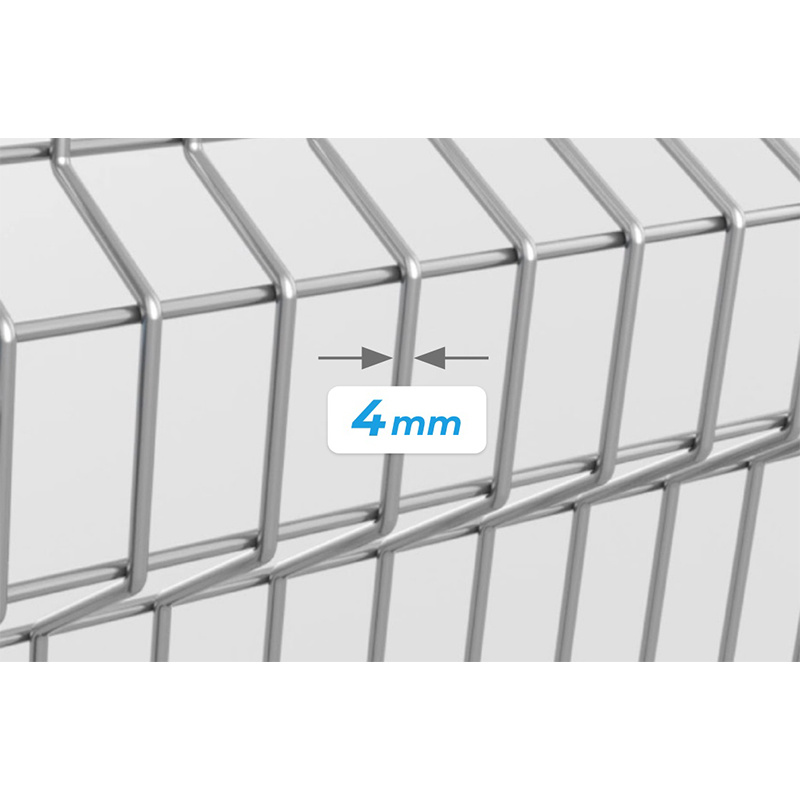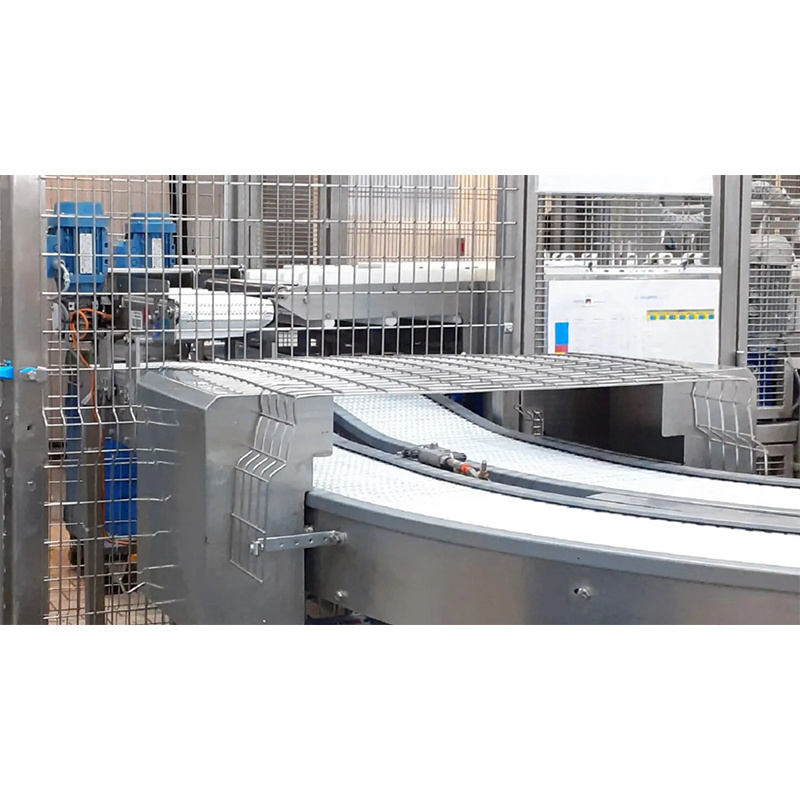Transform Your Warehouse: The Benefits of Divider Fencing
Release Time:
Jul 17,2025
Transform Your Warehouse: The Benefits of Divider Fencing Table of Contents Understanding Divider Fencing in Warehouses Key Benefits of Divider Fencing Enhanced Safety and Security Space Optimization and Efficient Layouts Improved Organization and Inventory Management Cost-Effectiveness of Divider Fencing Types of Divider Fencing Suitable for Warehouses Installatio
Transform Your Warehouse: The Benefits of Divider Fencing
Table of Contents
- Understanding Divider Fencing in Warehouses
- Key Benefits of Divider Fencing
- Enhanced Safety and Security
- Space Optimization and Efficient Layouts
- Improved Organization and Inventory Management
- Cost-Effectiveness of Divider Fencing
- Types of Divider Fencing Suitable for Warehouses
- Installation and Maintenance of Divider Fencing
- Conclusion
- FAQs About Divider Fencing
Understanding Divider Fencing in Warehouses
Divider fencing plays a crucial role in modern warehouses, serving as a physical barrier that helps create distinct areas within a large space. This type of fencing is designed to partition off sections of a warehouse for various purposes, including storage, workflow management, and safety compliance. By effectively segmenting an area, businesses can enhance operational efficiency and employee safety.
These systems can be customized in terms of height, material, and configuration to suit specific warehouse needs, making them a versatile solution for diverse operational structures. Understanding the applications and benefits of divider fencing is essential for warehouse managers looking to optimize their space.
Key Benefits of Divider Fencing
Implementing divider fencing in your warehouse offers a multitude of advantages. Let’s delve deeper into the specifics of each benefit.
Enhanced Safety and Security
Safety is paramount in any warehouse environment. Divider fencing contributes significantly to creating a safer workplace by:
- **Establishing Clear Boundaries**: By defining areas for different operations, divider fencing minimizes the risk of accidents, especially in high-traffic zones.
- **Controlling Access**: Fencing can restrict access to hazardous areas, ensuring that only authorized personnel can enter.
- **Protecting Valuable Assets**: Divider fencing helps safeguard expensive equipment and inventory by keeping them within secure perimeters.
Incorporating divider fencing into your warehouse layout can lead to a noticeable reduction in workplace incidents, creating a more secure environment for both employees and assets.
Space Optimization and Efficient Layouts
One of the most significant challenges in warehouse management is maximizing the available space. Divider fencing aids in:
- **Effective Space Utilization**: By partitioning areas, businesses can allocate spaces for specific functions, such as receiving, storage, and shipping.
- **Flexible Configurations**: Divider systems can be reconfigured easily as your warehouse requirements change, allowing for adaptability in operations.
- **Maximizing Vertical Space**: Tall fencing options can help you make use of vertical space, enabling you to stack goods high without compromising safety.
By optimizing your warehouse layout with divider fencing, you can enhance productivity and streamline operations.
Improved Organization and Inventory Management
Efficient organization and inventory management are critical for operational success. Divider fencing contributes by:
- **Creating Designated Areas for Inventory**: Clear demarcations help in easily locating products, reducing the time spent searching for items.
- **Facilitating Workflow**: Designated areas can enhance the flow of work, ensuring that tasks are completed efficiently without unnecessary interruptions.
- **Reducing Cross-Contamination Risks**: In warehouses that handle different types of products, divider fencing can prevent cross-contamination by keeping items in their respective zones.
With improved organization, warehouse operations become more streamlined, leading to increased productivity and reduced operational costs.
Cost-Effectiveness of Divider Fencing
When considering warehouse modifications, budget is always a concern. Here’s how divider fencing proves to be a cost-effective solution:
- **Affordable Installation Costs**: Compared to permanent structures, divider fencing is generally more affordable and quicker to install.
- **Long-Term Durability**: High-quality fencing materials are built to last, reducing the need for frequent replacements or repairs.
- **Operational Efficiency**: Improved safety and organizational structures can lead to decreased labor costs over time, making your investment pay off.
Investing in divider fencing can yield significant returns by enhancing both safety and operational efficiency.
Types of Divider Fencing Suitable for Warehouses
There are various types of divider fencing available, each suited for different warehouse needs. Understanding these options ensures you choose the right type for your operations.
Chain Link Fencing
Chain link fencing is a popular choice due to its durability and visibility. It allows for quick identification of different zones while providing a secure barrier.
Modular Panel Systems
These systems offer flexibility in design and layout. Modular panels can be easily moved or reconfigured, making them an excellent option for dynamic warehouse environments.
Mesh Fencing
Ideal for high-security areas, mesh fencing provides visibility while ensuring that products and equipment remain secure. It’s commonly used in warehouses with valuable inventory.
Solid Partition Walls
For areas requiring complete separation, solid partition walls are effective. They provide enhanced security and can also help with noise reduction in busy warehouse environments.
Retractable Barriers
These barriers are perfect for temporary divisions. They can be pulled down or retracted as needed, making them ideal for changing workflow requirements.
Choosing the right type of divider fencing depends on the specific needs and layout of your warehouse.
Installation and Maintenance of Divider Fencing
The installation process for divider fencing varies based on the type chosen. Here are key steps and considerations:
Planning and Design
Before installation, assess your warehouse layout and design the fencing configuration. Determine the areas that require division and ensure that the design aligns with operational workflows.
Professional Installation
While some divider systems can be installed DIY, it is advisable to hire professionals for more complex setups. Professional installation ensures that safety standards are met and that the fencing is securely placed.
Regular Maintenance
To ensure longevity, regular maintenance checks are essential. Inspect for any signs of wear and tear, and address issues promptly. Proper maintenance prevents accidents and prolongs the lifespan of the fencing.
By following these steps, businesses can ensure the effective implementation and upkeep of their divider fencing solutions.
Conclusion
In conclusion, divider fencing offers a multitude of benefits that go beyond simple space division. It enhances safety, optimizes layout, improves organization, and provides a cost-effective solution for warehouse management. By carefully selecting the appropriate type of fencing and ensuring professional installation and maintenance, businesses can significantly improve their operational efficiency and safety standards.
Investing in divider fencing is not just about securing areas; it’s a strategic move towards creating a more effective and organized warehouse environment. As you consider your warehouse layout and operational needs, don’t overlook the transformative potential of divider fencing.
FAQs About Divider Fencing
1. What materials are commonly used for divider fencing in warehouses?
Divider fencing is typically made of materials like chain link, mesh, and solid panels. The choice of material depends on the security and visibility requirements of the specific area.
2. Can divider fencing be customized for specific warehouse needs?
Absolutely! Divider fencing systems can be customized in height, material, and configuration to meet the unique needs of your warehouse operations.
3. How does divider fencing improve warehouse safety?
Divider fencing enhances safety by establishing clear boundaries, controlling access to hazardous areas, and protecting valuable assets.
4. Is professional installation necessary for divider fencing?
While some systems can be installed DIY, professional installation is recommended for complex setups to ensure safety and compliance with regulations.
5. What is the maintenance requirement for divider fencing?
Regular inspections are essential. Look for signs of wear and tear, and address repairs promptly to ensure the longevity and effectiveness of your divider fencing.
By understanding the comprehensive advantages and applications of divider fencing, warehouse managers can make informed decisions that lead to enhanced operations and safety.
Hot Products


